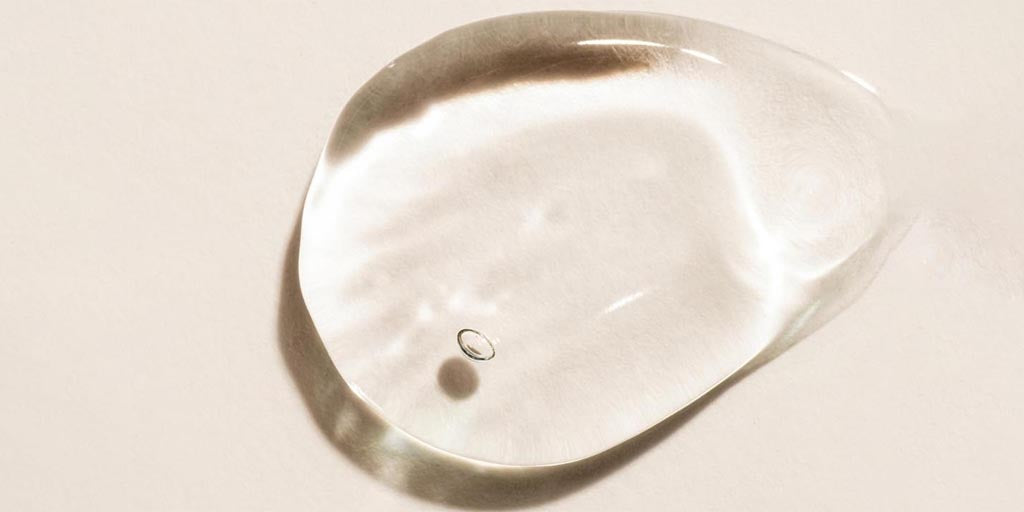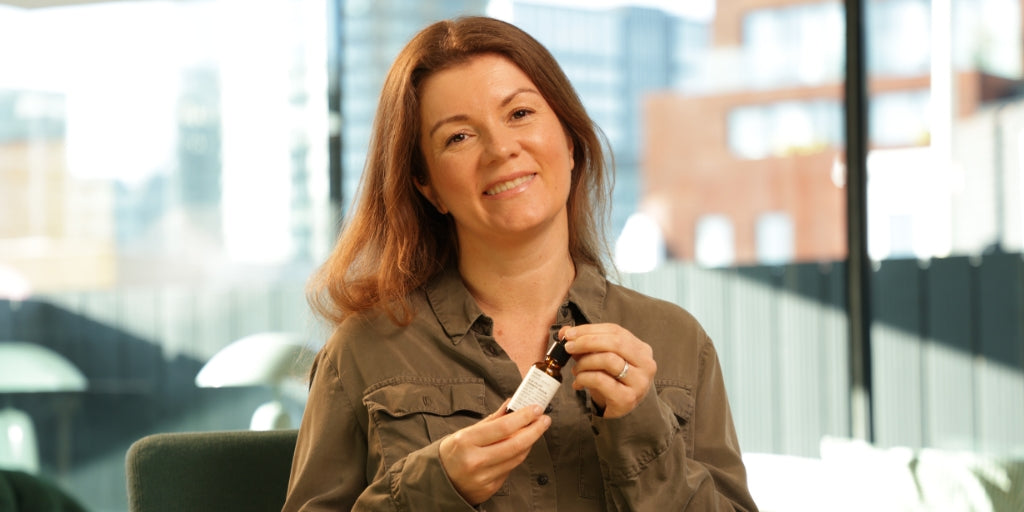In the UK, approximately 1 in 5 people have a Vitamin D deficiency. Why is this?
One cause could be not getting enough sunshine.
Vitamin D is a fat-soluble vitamin and plays a key role in helping our bones and muscles be as healthy as they can be. A Vitamin D deficiency can lead to low bone calcium and increase risk of fractures, and we may be more prone to cold and flus.
Whilst getting more sun exposure can help us boost Vitamin D in our bodies, too much UV radiation can come with its own complications. From sun burn to skin cancer, how can we safely receive the benefits of the sun without risking the health of our skin.
Read on to find out how to get healthy sun exposure and what you can do to boost the benefits from the sun.

HOW DOES THE SUN PROMOTE VITAMIN D IN THE BODY?
The sun emits three different types of UV rays: UVA, UVB and UVC. UVC do not actually reach the Earth’s surface as they are blocked out by the ozone layer so we only need to be concerned about the first two.
When UVB rays reach our bodies, they convert the chemicals present in the skin into Vitamin D3. This Vitamin D3 is carried to the liver and kidneys and transforms this into an active form of Vitamin D.
The body needs a healthy amount of Vitamin D as it helps to regulate calcium and phosphate intake in the body. It also helps intestinal absorption of these nutrients. Low absorption is considered to be at 10-15% and a normal rate at 30-40%.

WHY AM I NOT GETTING ENOUGH VITAMIN D?
There may be several reasons why you’re not producing enough Vitamin D in the body. These could be staying indoors too much or using SPF.
ONE: Using SPF can block Vitamin D production
While using SPF is important to protecting the skin against sunburn and skin damage, it can lead to Vitamin D deficiency.
There are two types of sunscreens: chemical and physical.
Chemical sunscreens absorb the sun’s UV rays and transform this into heat which is then released from the body. Physical sunscreens reflect the UV rays.
When it comes to a lack of Vitamin D, this means that the UVB rays are never actually absorbed into the skin.

TWO: Staying indoors too much
UVB is responsible for that chemical reaction that helps our bodies create Vitamin D. The problem with this is that UVB rays cannot penetrate through windows. This means that for all of us that are working from home more often, we may not be getting the necessary sunlight that our bodies need.
THREE: Showering too soon after going outside
It can take up to 48 hours for the UVB rays to make Vitamin D3. This means that it sits on the surface of the skin and can take a while before it enters your bloodstream.
Showering too soon after going outside will wash any form of Vitamin D3 away and contribute to Vitamin D3 deficiency.

HOW CAN THE SUN CAUSE SKIN DAMAGE?
As we mentioned before the sun’s rays contain both UVA and UVB and they are responsible for damage within the skin.
Sun damage can typically look like sunburn but can also appear in the long term as fine lines, wrinkles, sunspots and intense dryness.
Long and intense exposure to the sun without proper protection can also lead to skin cancer, so it is important that we use SPF to protect the skin.
HOW CAN I GET HEALTHY SUN EXPOSURE?
When weighing up getting a healthy dose of Vitamin D each day versus protecting the skin from sun damage, it can be difficult for us to navigate healthy sun exposure.
Getting your daily Vitamin D dose each day only takes around 10-20 minutes in the sun. If you have a darker complexion, you may need slightly more.
In the UK, spending only 13 minutes outside, three times a week at noon will allow you to maintain healthy levels of Vitamin D for fair-skinned adults. Those with darker skin may need to spend around 30 minutes.
If you choose to spend longer in the sun, you can apply sunscreen after 30 minutes to prevent burning, remembering to protect the delicate eye area to prevent sun damage.
If you have particularly sensitive skin on the body or face, you can choose to wear sunscreen in these areas. Some scientists suggest that only a third of the skin needs to be exposed in order for your body to produce Vitamin D.

Getting safe sun exposure is important as Vitamin D can reduce cancer risks by as much as 60% and also reduce the chances of chronic inflammation and diabetes.
If you have particular skin sensitivities, you can still apply SPF throughout the day and take Vitamin D supplements as an alternative. Be sure to take these alongside Vitamin K3 and Calcium for better absorption.
You May Also Like:





